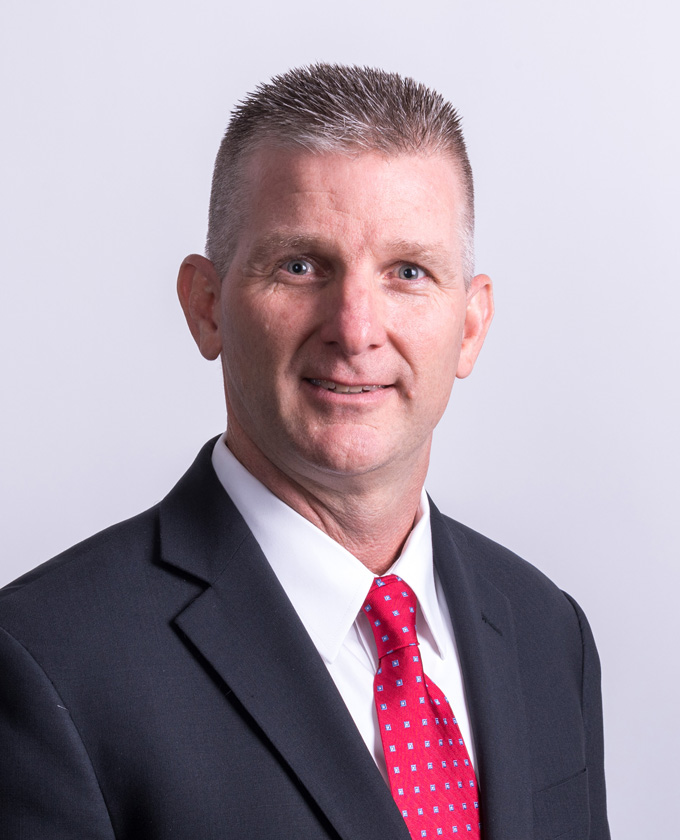
We had the opportunity to sit down with Gator Galbraith, PE, CCM, CFCC, Senior Vice President, Practice Operations Leader at MBP, and current President of AACE International, Inc. (AACE), to gain his insights on the evolving role of project controls professionals.
AACE is a global leader dedicated to advancing knowledge in project controls, cost engineering, and related disciplines. In our conversation below, Gator shares his perspective on the value project controls professionals bring to increasingly complex projects, the impact of emerging technologies, and his advice for the next generation of industry leaders.
What unique value do project controls professionals bring to projects and programs, especially as they become more complex?
The insight that project controls professionals bring a project’s stakeholders—whether they work for an owner, a contractor, or a consultant—is invaluable. Every day, project controls professionals monitor the key performance indicators that assess a project’s overall health and the risks that threaten successful outcomes. As projects grow in complexity, so do the risks involved. Project controls professionals help to identify and quantify the potential impacts these risks pose and to communicate to stakeholders the information they need to make informed decisions and ultimately mitigate risk.
Technology in our industry is evolving rapidly. What trends are you most excited about, and why?
I believe that while technology is advancing rapidly, it should be seen as a valuable asset that enhances efficiency and deepens insight rather than a standalone solution. In our industry, technology can generate vast amounts of valuable data, which project controls professionals can harness to improve estimates, schedules, and overall project management. Technology can deliver extensive past performance data to inform how best to manage current projects. This kind of data-driven insight enables project controls professionals to enhance their project support, but it’s the human element—validating data and making informed decisions—that ultimately ensures project success.
As AI becomes more integrated into project management tools, do you think it will replace some traditional project controls roles, or will it create new ones?
AI certainly has the potential to reduce the number of people required for some tasks, but I do not believe it will fully replace project controls professionals. AI can speed up data collection and provide quick answers, but someone still needs to validate and interpret those answers. A project controls professional’s expertise is essential in understanding a specific project’s nuances, especially when visiting sites and interacting with stakeholders. AI cannot replicate the insight gained from being on-site and identifying unique project risks. That said, AI will create new roles, particularly for those skilled in training AI models and ensuring the quality of the data being used.
How do you see the industry evolving to attract and retain the next generation of project controls professionals?
What will forever remain the most exciting part of our profession is the opportunity to be a part of building something. We need to show those considering a career in project controls that passion that lies in the fundamental act of constructing, whether creating a new structure or shaping a community. We also continue to incorporate new methods and technologies for delivering construction, which means we are lucky to have careers that involve continuous learning and endless professional growth opportunities. That should excite any new generation of project controls professionals. There’s something deeply fulfilling about helping a project come to life, knowing no two projects are ever the same, and learning something new along the way. I look forward to introducing new project controls professionals to that.
What about careers in project controls specifically? What do you think draws people to this field?
I think people are drawn to a career in project controls because it offers the chance to make a meaningful impact on project success through problem-solving and collaboration. It’s also about precision—how close can your estimate or schedule come to reality? There’s personal satisfaction when your projections align with the outcome. But project controls is not just an individual pursuit; it’s about working as part of a larger team to problem-solve and adjust plans to keep a project on track. Whether it’s finding ways to prevent delays or control costs, the collaborative nature of involving project controls professionals in the project management process makes it so impactful.
You’ve been actively involved in AACE for years. How has this experience benefited you personally and professionally?
The biggest benefit has been the relationships I’ve built along the way. Being part of an association like AACE connects you with other professionals from whom you can learn. There’s also personal satisfaction in contributing to an association that promotes recommended practices and impacts our industry.
Throughout your career, you’ve emphasized the importance of passing knowledge to the next generation. What advice would you give to emerging leaders?
This industry gives back what you put into it. My advice to emerging leaders is to be passionate and eager to learn from those who have built before you. Our industry is built upon those historical practices, so understanding how things have been done in the past and why is crucial for moving forward and building better. It’s not just about building something physical but about understanding the means and methods behind how something is constructed. If you’re willing to learn from those who have come before you and continuously seek out new opportunities, you’ll go far. There’s a thrill in being part of something bigger, and the more you invest in learning and then teaching, the more rewarding your career will be.
Download a copy of this blog here.




